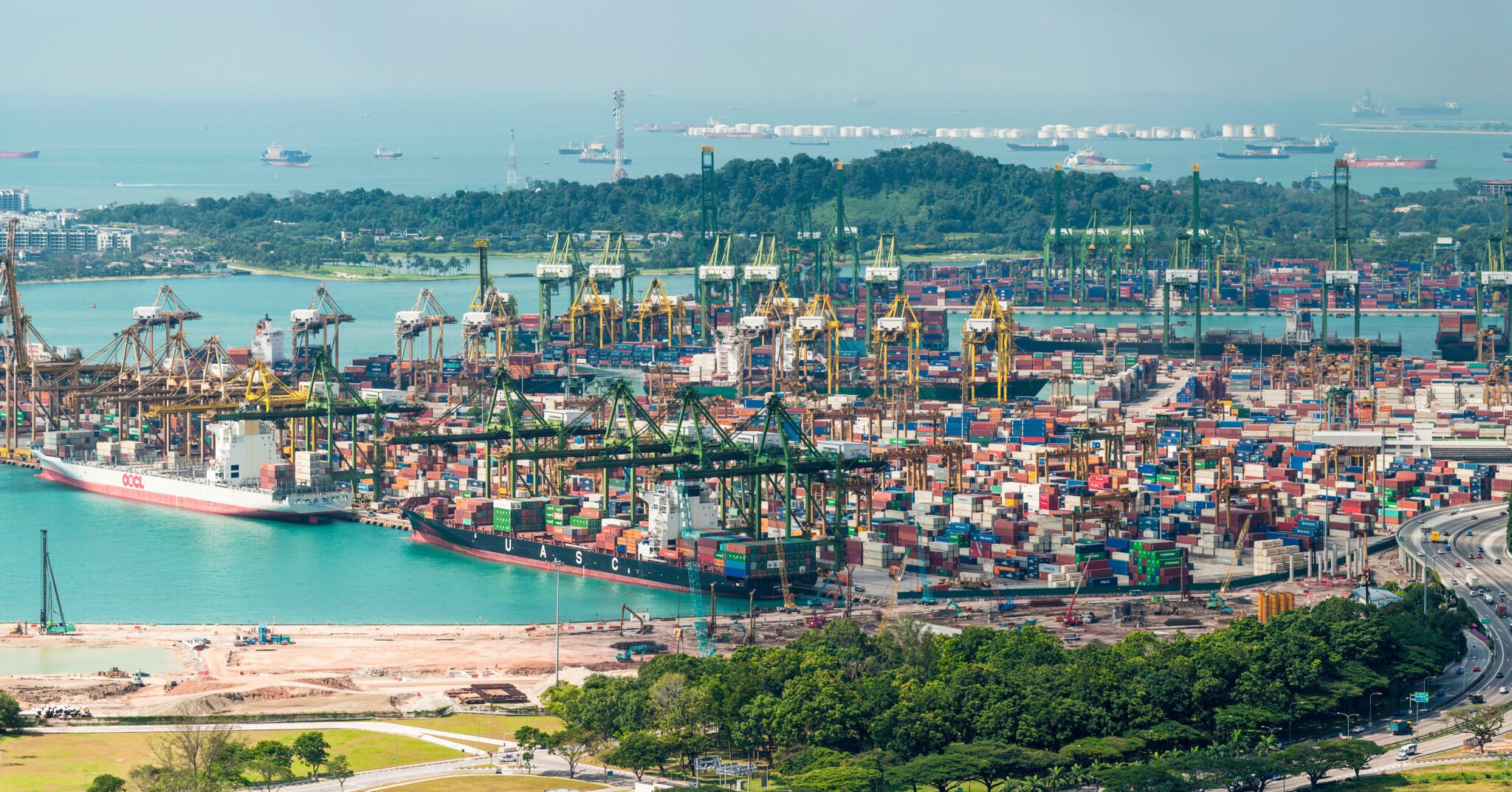As home to more than half of the world’s population, the Asia Pacific region will play a pivotal role in shaping the future of energy globally and determine the ability of the world to reach net zero emissions.
Along with accelerating the pace of renewables deployment in the region, green hydrogen will be needed to decarbonise those sectors which cannot be electrified directly, or which currently rely on fossil fuels.
It will be some time before green hydrogen becomes a globally traded commodity in the way that oil and gas are now. Still, different regions are beginning to put in place frameworks that reflect their complexities, needs, and opportunities. For a set of countries in the Asia Pacific region, careful thinking and coordination could pave the way to a mutually beneficial green hydrogen future.
In Japan and South Korea, which have relatively limited potential for domestic renewable energy production, clean hydrogen offers an important opportunity to diversify and decarbonise their energy systems. With energy security and climate impact as key drivers, the main barriers are cost and the need for clarity on where the hydrogen will come from.
On cost, Japan is introducing a supply-side subsidy (via a contracts for difference scheme), and South Korea has launched a clean hydrogen power auction system to bridge the cost gap between low-carbon hydrogen and the fossil fuels it is aiming to replace. Both countries are keen to use ammonia (derived from hydrogen) for co-firing with coal or natural gas in power plants. While this form of power generation is not the most efficient use for green hydrogen, it is a near-term demand signal that could introduce green hydrogen into these countries to eventually be used in more climate-friendly ways such as steelmaking, fertilizer production, or heavy transport.
Most hydrogen today is produced using fossil fuels, so these countries also need to carefully consider how to incentivise truly clean hydrogen made from renewables with the lowest possible carbon footprint (more on how to create low-emission hydrogen.)
It is inevitable that Japan and South Korea will need to import significant volumes of green hydrogen. Australia offers some of the best conditions in the world to produce low-cost green hydrogen. There is huge potential for trade routes currently focused on coal and LNG to be replaced by green hydrogen or products made from green hydrogen, such as green iron. Australia’s September 2024 Hydrogen Strategy targets the production of at least 15 million tonnes of green hydrogen per year by mid-century, with the potential for 1.2 million tonnes to be exported each year from 2030.
While Japan and South Korea are also looking further afield for abundant sources of clean hydrogen – with a lot of focus on African and Latin American markets – some other countries closer to home have great potential, too, and shorter transport routes could offer lower costs.
Indonesia’s recently adopted hydrogen strategy sees an important role for exports as it seeks to decarbonise its economy. Malaysia, Thailand, and Vietnam are all attracting investment in green hydrogen, too.
For this regional market to flourish, a few key elements are needed. Unlike more integrated blocs such as the European Union (which has introduced its own demand mandates for green hydrogen and has a regulated definition of green hydrogen) or Africa (where a growing number of governments are working together to tap the potential of green hydrogen) the Asia Pacific region does not have common standards for green hydrogen or a shared approach to hydrogen transport and infrastructure. Moreover, the region is geographically and politically complex and home to four out of five of the most populous countries in the world, including China and India.
If consignments of green hydrogen are to be produced and flow in the region at scale, a common language to define green hydrogen and assess its climate credentials is essential. The Green Hydrogen Standard sets out to provide this transparency.
Cooperation on the infrastructure needed for the production, transport, and storage of green hydrogen is also needed. Singapore, with its leading role as a trading hub, could play a key role here. The Port of Singapore recently became the world’s first to demonstrate the use of ammonia as a marine fuel onboard a dual-fuel ammonia-powered vessel and has plans to become a leading centre for bunkering green hydrogen fuels for shipping.
A network of fully financed flagship green hydrogen projects across the region would also help to catalyse the sector. Public finance and multilateral development banks need to be involved at the early stage of the sector’s development. Project consortia in producer countries, which include partners from importer countries, could also help to unlock the finance needed and there could be learnings to gain from similar efforts in other countries, like emerging hydrogen hubs in the U.S.
To support the growth of the green hydrogen market in Asia Pacific, Breakthrough Energy and the Green Hydrogen Organisation (GH2) have established the APAC Green Hydrogen Alliance which is bringing together government, industry, finance and civil society to increase regional collaboration on enabling policy measures and financing incentives; accelerating sustainable production, use and trade of green hydrogen; and to catalyse financing for green hydrogen projects. Earlier this year, the alliance convened leadership groups in Seoul and Tokyo to ensure the conditions are right for green hydrogen to flourish in high impact sectors, and in August 2024 Indonesia’s Ministry of Energy and Mineral Resources recognised the role of the alliance in fostering regional collaboration as part of a Memorandum of Understanding signed with GH2 to collaborate on implementing Indonesia’s national hydrogen strategy.
To learn more about this work and to support the Alliance, see here: APAC Green Hydrogen Alliance | Green Hydrogen Organisation (gh2.org)







